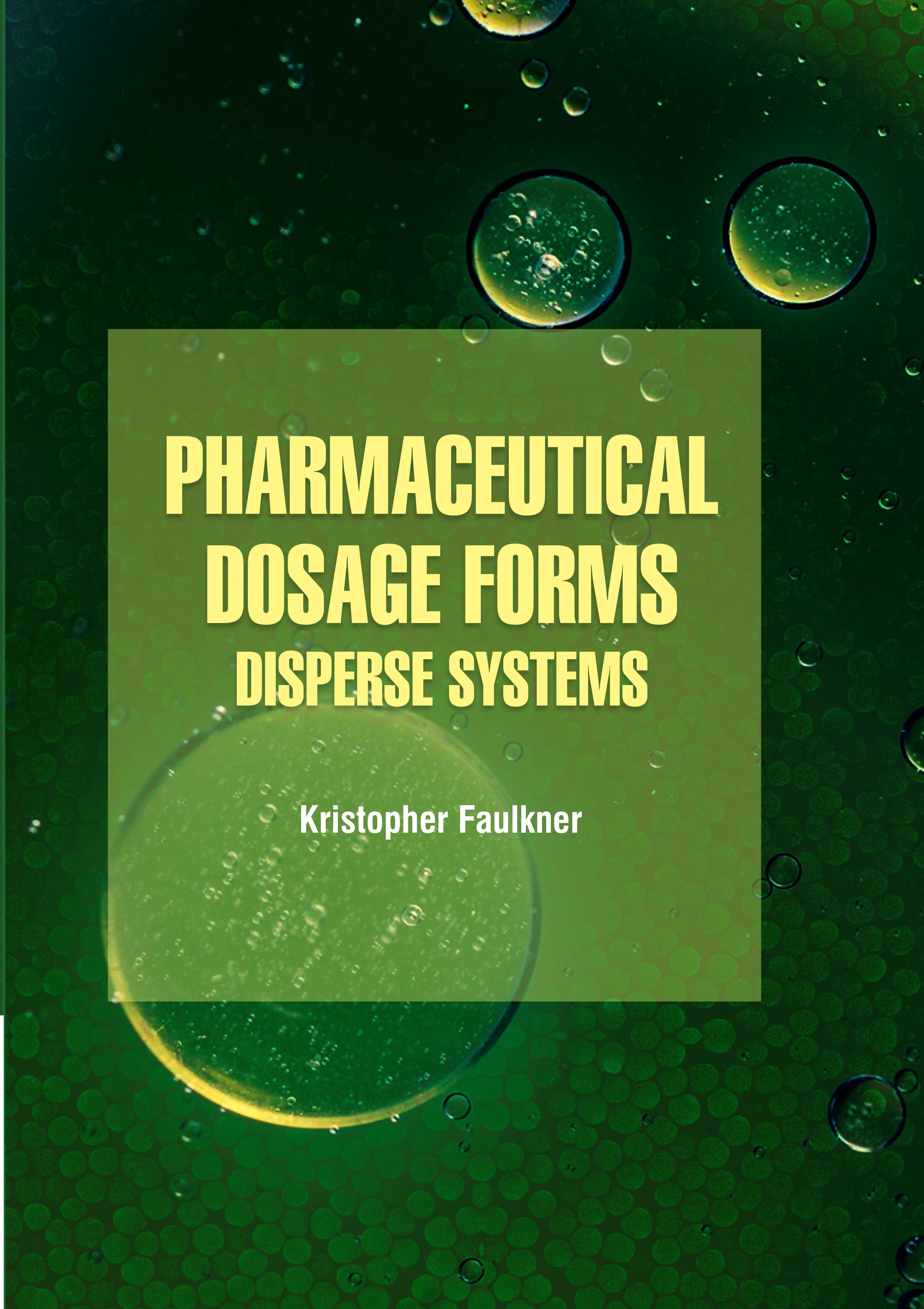
Pharmaceutical Dosage Forms: Disperse Systems
by Kristopher Faulkner
| ISBN | 9789372426243 |
|---|---|
| Publisher | Digital Drive Learning |
| Copyright Year | 2026 |
| Price | $267.00 |

by Kristopher Faulkner
| ISBN | 9789372426243 |
|---|---|
| Publisher | Digital Drive Learning |
| Copyright Year | 2026 |
| Price | $267.00 |
Dispersed systems include such diverse systems as liquid suspensions, liquid emulsions, semisolid powder-filled systems, semisolid liquid-filled systems, foams, and powder-filled solid polymeric systems. Powder-filled solid polymeric systems are typified by pharmaceutical film coatings. The rheological and mechanical properties of dispersed systems are not well understood, especially when the droplets or solid particles of the dispersed phase interact with one another, or interact with the surrounding bulk phase. Concentrates on specific types of disperse system dosage forms, including methods of formulation and stability test procedures. Solubility, the phenomenon of dissolution of solute in solvent to give a homogenous system, is one of the important parameters to achieve desired concentration of drug in systemic circulation for desired (anticipated) pharmacological response. Low aqueous solubility is the major problem encountered with formulation development of new chemical entities as well as for the generic development. Solid dispersions, defined as the dispersion of one or more active pharmaceutical ingredient in a carrier at solid state and an efficient technique to improve dissolution of poorly water-soluble drugs to enhance their bioavailability. Poor water solubility is one of the major problems for the various types of drugs and various approaches have been introduced for the enhancement of solubility of such drugs. The solubility behaviour of drugs remains one of the most challenging aspects in formulation development. This book presents comprehensively the science and technology behind the formulation of disperse systems like emulsions, suspensions, foams and others.